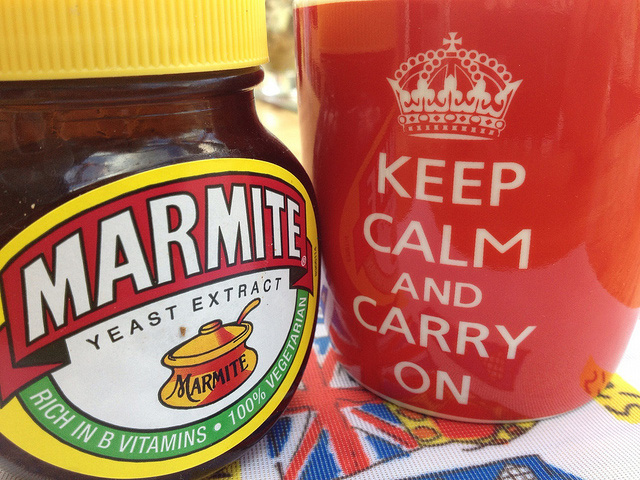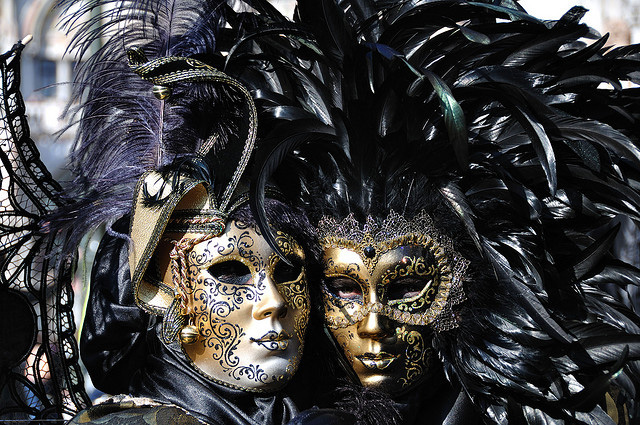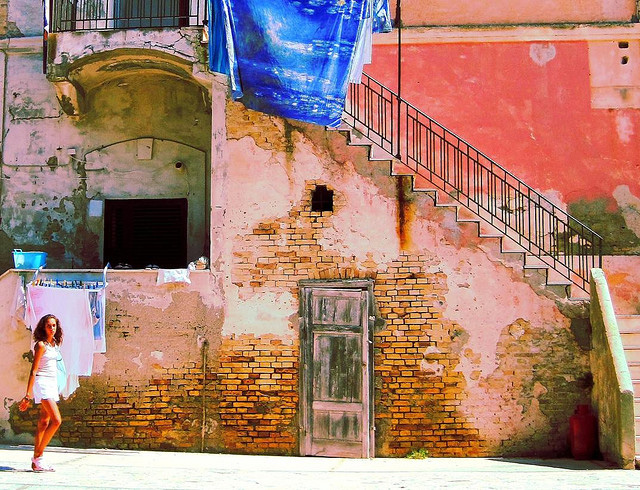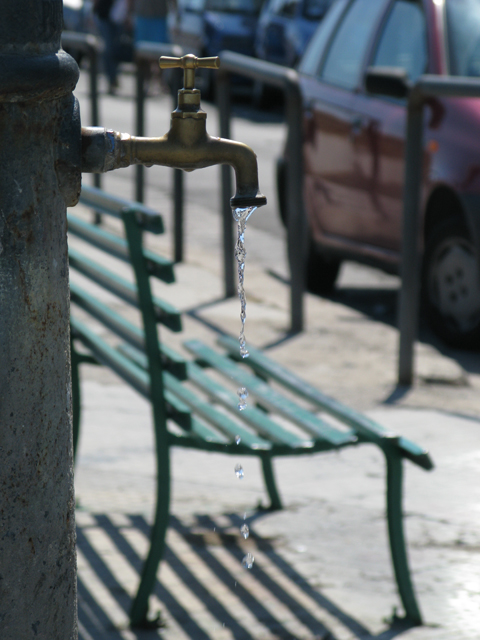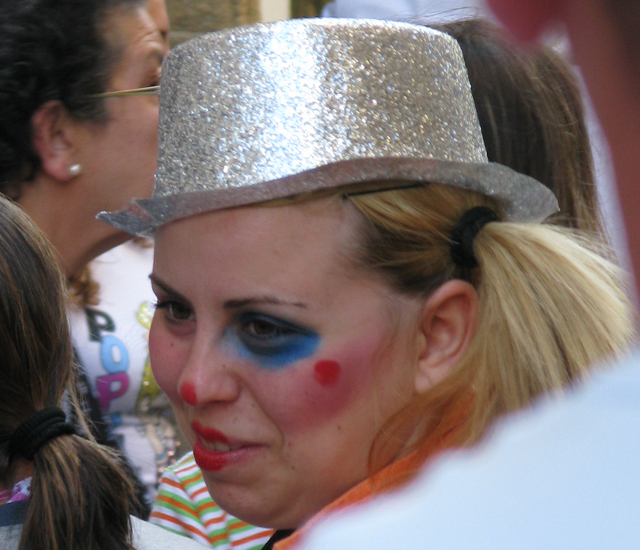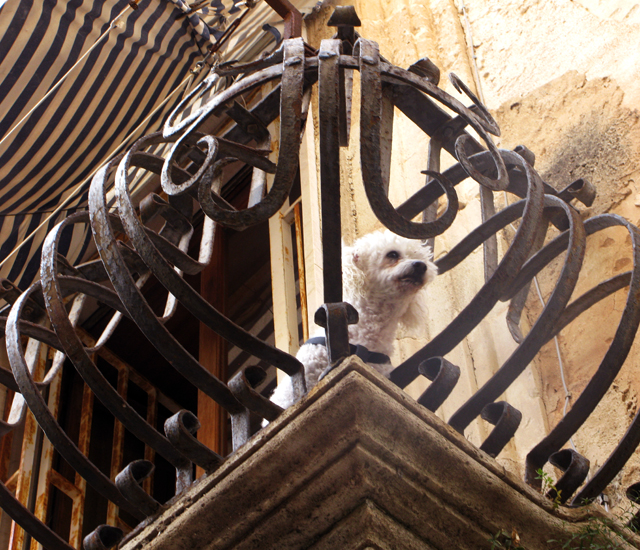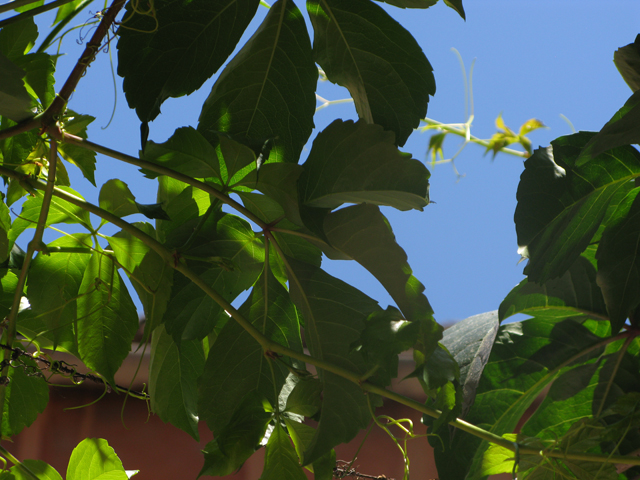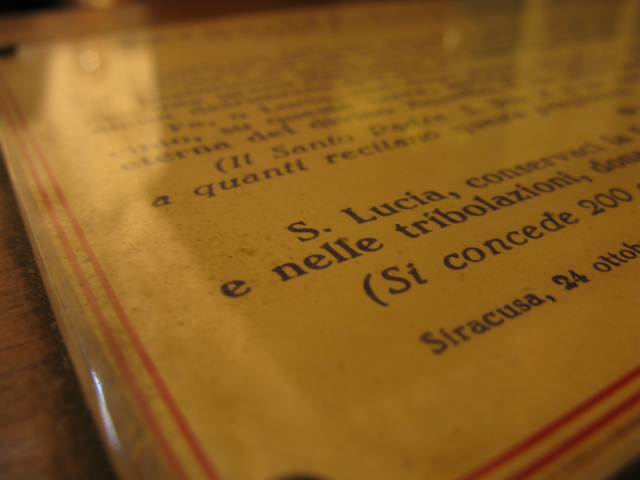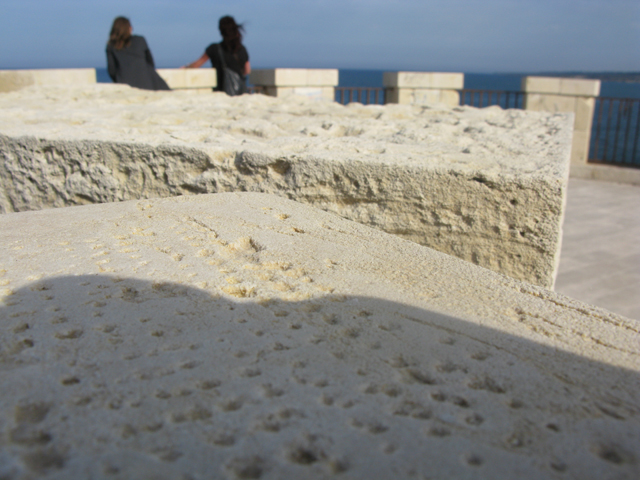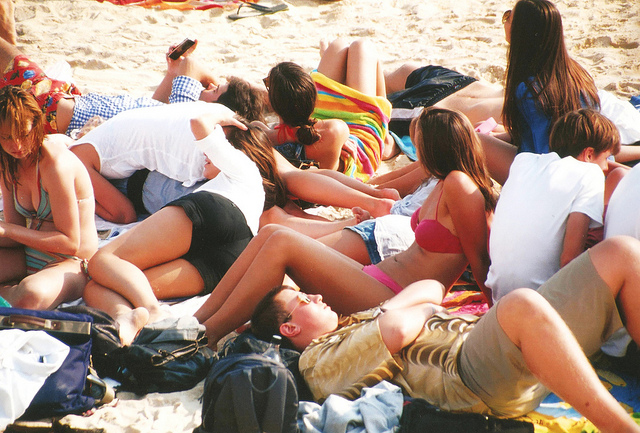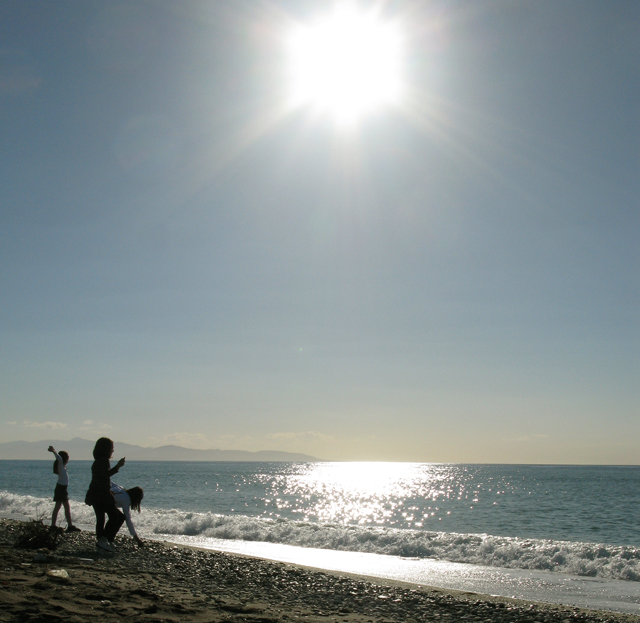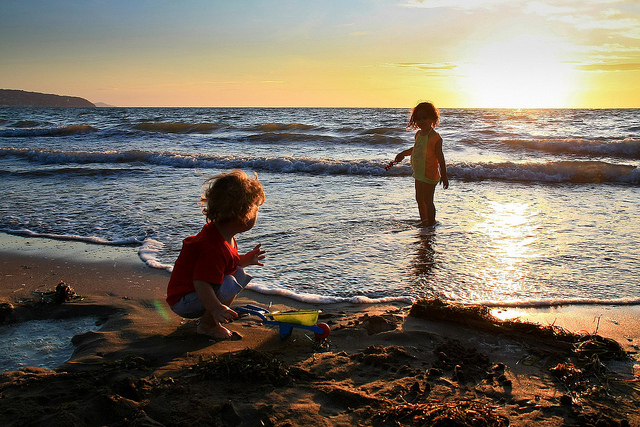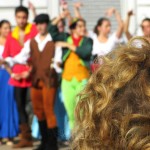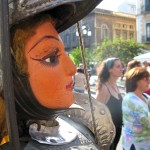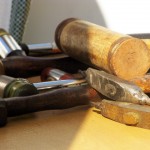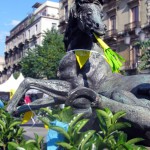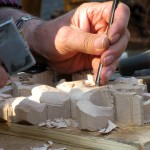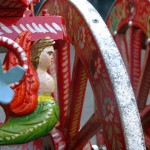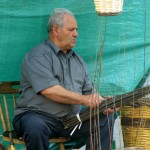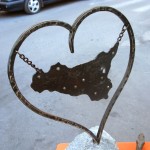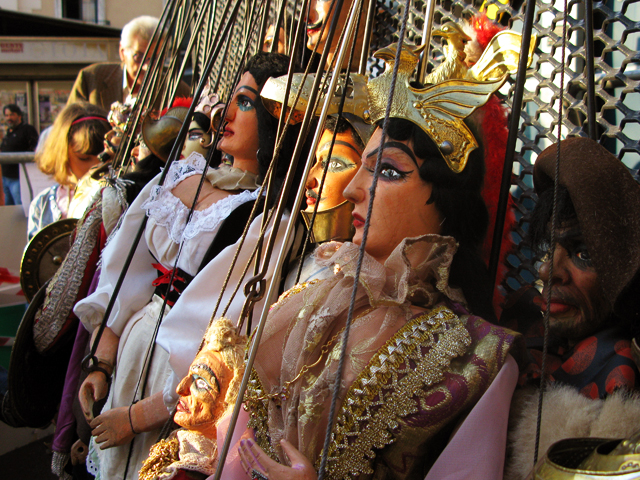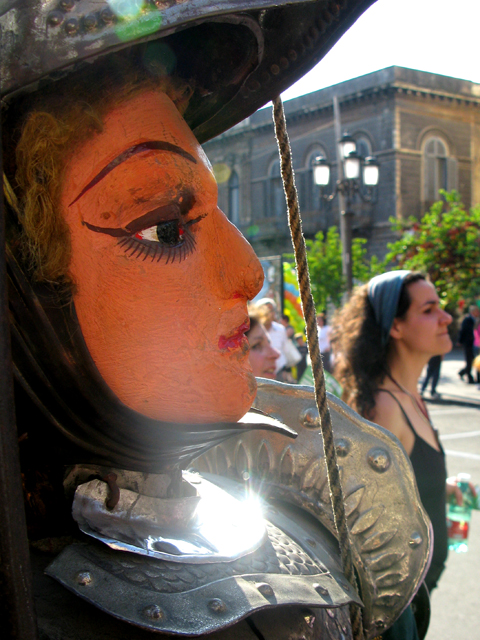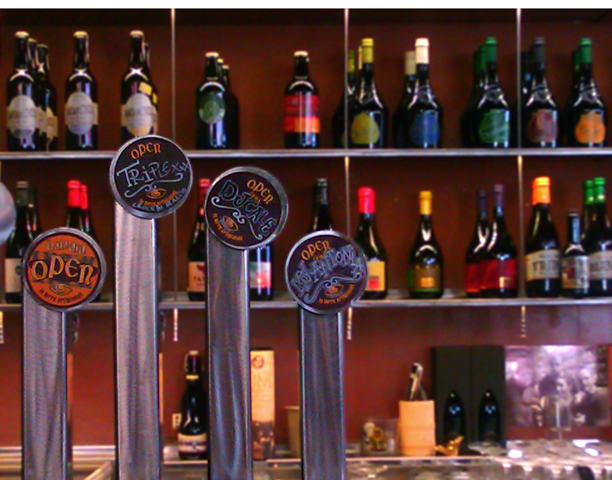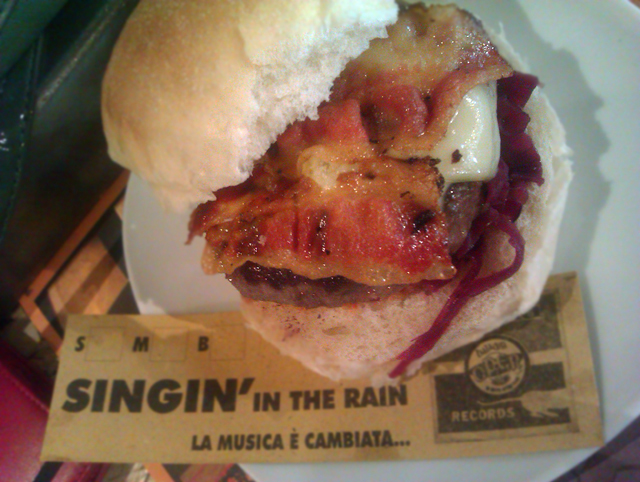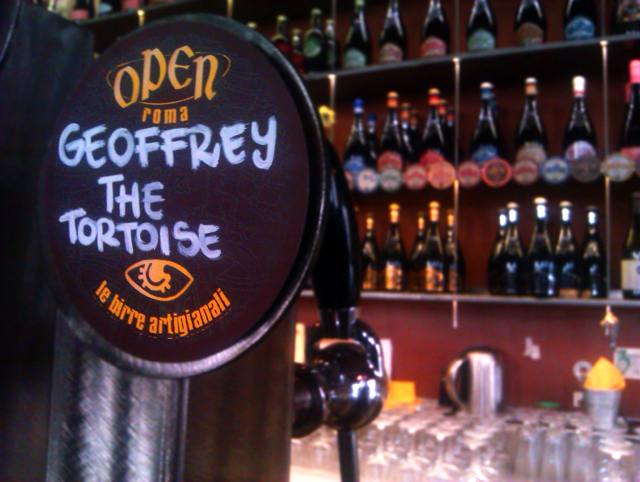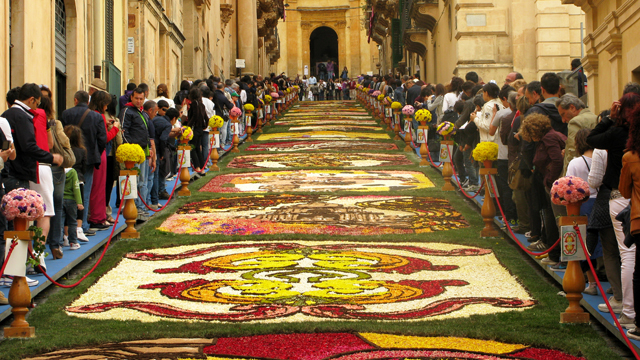
I’m standing at the top of a belltower looking into a TV camera and speaking into a microphone about flowers. In Italian. This is one of the more bizarre experiences of my three years in Italy.
I’m at Infiorata di Noto, a festival which has been taking over this pretty Sicilian town for the last 33 years. The centrepiece is a street paved entirely with flowers. But not just petals strewn willy-nilly. No, there are 16 individual works of art here. On the third weekend in May the artists responsible for each piece work through Thursday night to create their designs, ready for the tourists to arrive on Friday. The flowers then stay in place for three days and three nights before the mosaics are destroyed by local children on Monday.
In addition to the floral main attraction, there is plenty going on in the town, from music, to exhibitions, to street performers and processions, most of it completely free. Oh, and have I mentioned the fact that Noto itself is quite extraordinarily pretty? Every corner you turn there is yet another gorgeous, honey-coloured baroque building with perfectly clipped, zingy green hedges setting off the colour of the stone. The earthquake of 1693 which devastated much of this part of Sicily did Noto nothing but good in the long run. The city was rebuilt in 20 years, with an eye for the grand and the beautiful. In appropriately flowery style, the guide to the city which I’m handed as I enter the festival describes Noto as ‘… a city … imagined like music; a place which is the ideal metaphor for the sweetness of a life which effortlessly combines spirit and matter.’ Ah, Italy. It doesn’t matter whether it’s prose or actuality, flowers are all the rage here.
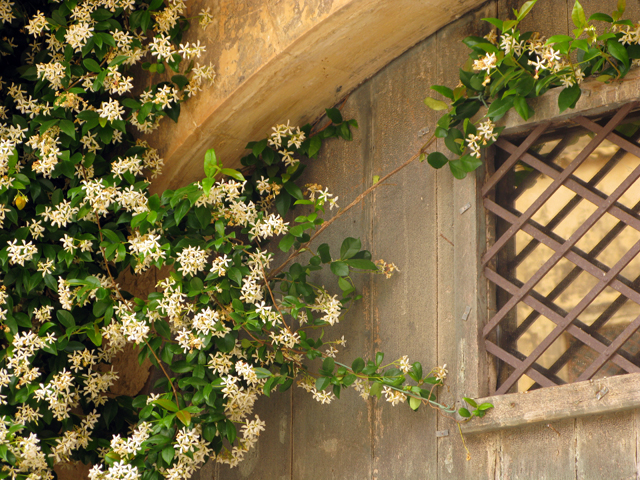
And so we come to the reason why I’ve risked a claustrophobic panic attack to get myself to the top of a belltower. It’s not just any old belltower: it’s at the top of Chiesa di San Carlo al Corso, directly opposite Via Nicolaci, which is the flower-paved street that’s the main reason we’re here today. The view is supposed to be fantastic, so I go into the church, pay my €2 entry fee, and walk through the doorway behind the girl taking the money. Only then do I see what I’ve let myself in for.
I’m horribly, debilitatingly, panic-inducingly claustrophobic. And I’m faced with a tiny, narrow, spiral staircase with barely enough width for one person. I almost turn straight around and ask for my money back. However, the promise of a good view from the top of the tower spurs me on. That and pride. My friends have already gone on ahead and there’s no way I’m letting them get all the good photos without me. I take a deep breath and start to climb.
I reach the top shaking and hyperventilating. Was it worth it?
Absolutely yes. From the ground you only see the detail of the mosaics. Up here you can see them in their full, technicolour glory. And they really are glorious. It’s day three of the festival, but the mosaics have been diligently watered to keep them as fresh as possible, and they’re beautiful. The theme this year is ‘baroque moments’, and there are gorgeous, sweeping designs galore. However, it’s the colours that really amaze me. Bright reds and yellows abound, humming with vibrancy despite the grey day. They’re not just made up of primary colours, though. There is light and shade to these mosaics, much as there would be in a painting. Against all odds, they’re subtle. Considering the raw materials are compost (for the borders), flower petals (for the bright colours) and seeds (for the more muted ones), it’s staggering what has been achieved. In search of a good photo, I elbow my way past the man with the video camera who seems to have been blocking my shots all day today.
That’s when it happens. It turns out he’s not just some idiot with a video camera. He’s part of a news team reporting for an internet TV channel. When he asks me where I’m from, I’m caught unawares. Before I know it I’ve agreed to be interviewed and am babbling incoherently in Italian about how beautiful it all is, and how marvellous the view is from up here. It’s true, of course, but I can’t help feeling like a gushing schoolgirl. At times like these I wish my vocabulary was rather more extended. Mind you, I probably wouldn’t have done much better in English. At least in Italian you have not just a licence but an obligation to use superlatives wherever possible.
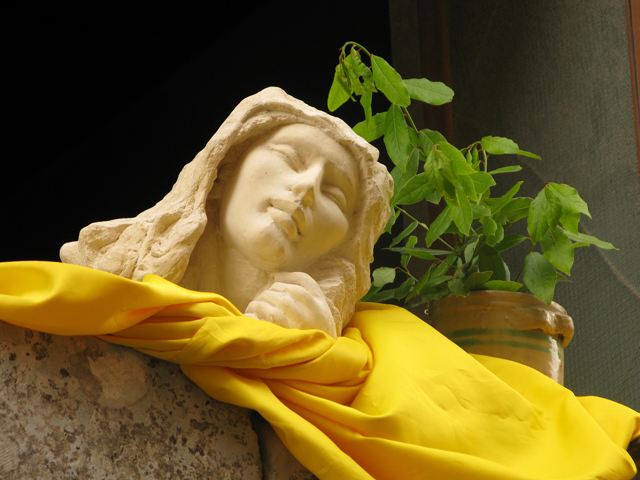
We make our way back down the narrow staircase to ground level. I reach the bottom once again on the verge of hyperventilation. Spotting a sign for an exhibition, my friend suggests that we go look at it to calm our my shredded nerves. So we do.
The advertised art exhibition isn’t to my taste. However, hidden behind it is a permanent museum, the Museo del Presepe Noto. Entry costs the princely sum of €1 and the museum features more than 50 Nativity scenes (presepe), all hand-made by one woman, Dr Cettina Perricone.
Nativity scenes in Italy are big business. Not for the Italians a little thing made out of a shoebox with a couple of lego figures and a mismatched plastic horse because you couldn’t find a donkey in your brother’s farm set. Oh no. They range in size from miniature works of art hidden inside a defunct mobile phone, to large-scale grandeur taking up the centre of the town square, sometimes even with living characters therein. The larger-scale presepe usually have running water featured somewhere in them, and are triumphs of tiny detail, with plenty of little in-jokes hidden away for people to find.

The presepe in this particular museum range from a scene at a Hornby train station, to one knitted in white wool and lit up with a UV lamp so that the characters look like they’re floating in space, to another made entirely out of chocolate. From a distance this last one looks unremarkable, the chocolate greying from being left open to the air for so long. Then I get closer.
Oh.
Dear.
God.
Imagine a pile of milk, dark and white chocolate a metre wide and half a metre tall, gently warmed to room temperature, with people walking past and pushing the airflow about every few minutes. Now imagine how that would smell.
Yes, you may drool.
With the scent of chocolate in our nostrils, we decide that it’s time for either gelato or granita. We’ve been saying this all afternoon, but the need has now become urgent. Thankfully, wherever there are Italians, bars and cafes abound; despite the crush of people thronging the streets, we’ve found a gelateria and are eating granita within ten minutes.
Have I mentioned that I love this country?
This post has been entered in the May edition of Destination Europe’s Carnival of Europe.
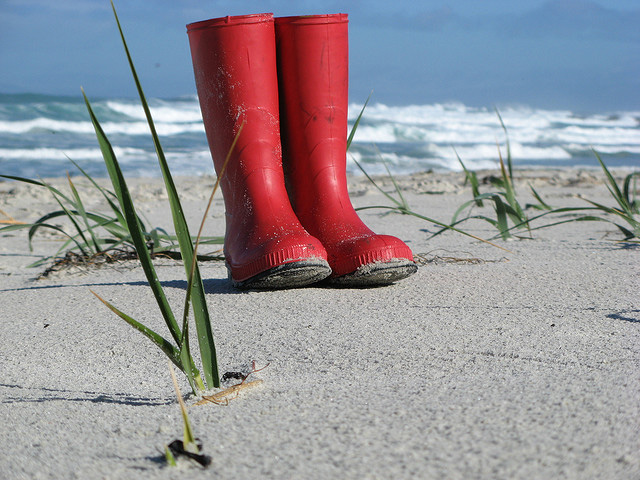 At first I thought the snotty nose was because of the cats and dogs – and I’m not just talking about the rain.
At first I thought the snotty nose was because of the cats and dogs – and I’m not just talking about the rain.
